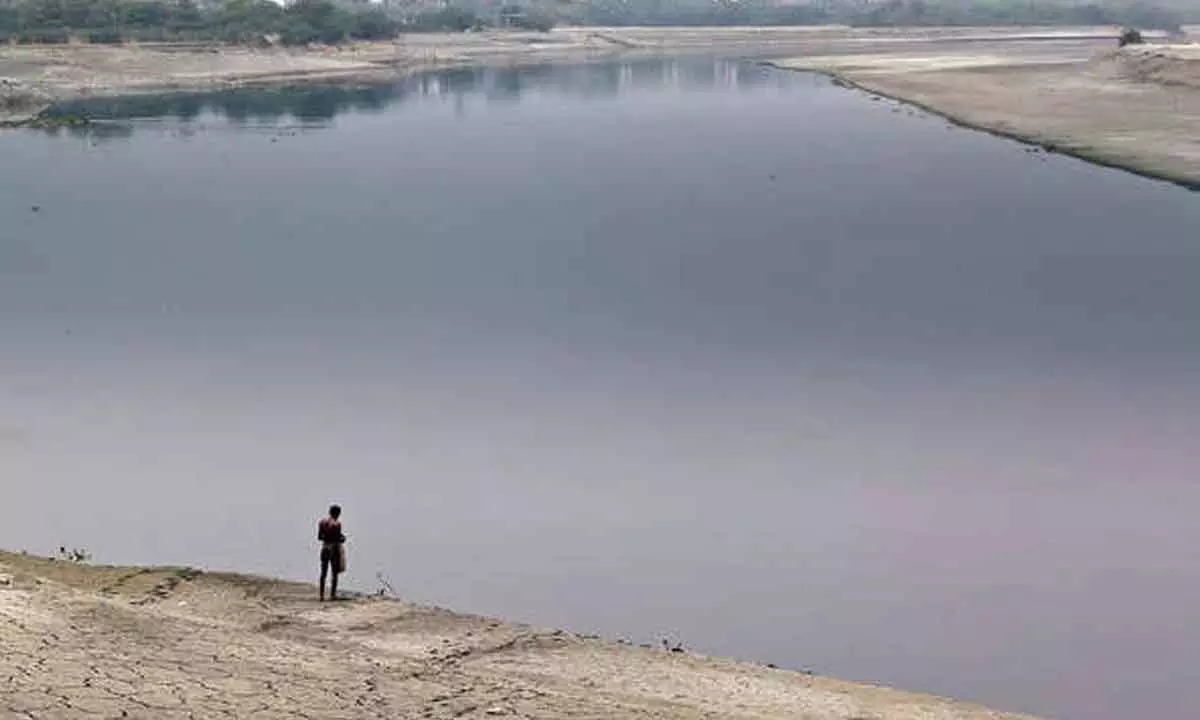Possible to clean Yamuna for bathing by 2025: Experts

Yamuna River
Delhi Chief Minister Arvind Kejriwal and Water Minister Satyendar Jain have on several occasions said the river will be cleaned to bathing standards by 2025
New Delhi: Despite the delays and challenges, it is possible to clean the Yamuna in Delhi to bathing standards and achieve water quality to support propagation of aquatic life by 2025, experts have said.
Treating all the domestic wastewater and industrial effluent and further cleaning it using in-situ techniques can help achieve the target, they said. Delhi Chief Minister Arvind Kejriwal and Water Minister Satyendar Jain have on several occasions said the river will be cleaned to bathing standards by 2025.
The Yamuna can be considered fit for bathing if biological oxygen demand (BOD) is less than 3 milligram per litre and dissolved oxygen (DO) is greater than 5 milligram per litre.
Dissolved oxygen (DO) is the amount of oxygen available to living aquatic organisms. Aquatic life is put under stress if DO levels in the water drop below 5 milligram per litre.
Twenty-two drains carrying domestic wastewater and industrial effluent fall into the Yamuna between Wazirabad and Okhla. Though the 22-km stretch is less than two percent of the river length, it accounts for about 80 percent of the pollution in the river.
While the installation and upgradation of sewage treatment plants (STPs), trapping of sewage flowing in the drains and effective septage management will definitely bring improvement in the river water quality, availability of freshwater is critical for the river to ever reach bathing standards, the erstwhile Yamuna Monitoring had mentioned in a report submitted to the National Green Tribunal in 2020. "Delhi does not have enough water downstream the Wazirabad Barrage to maintain environmental flow in the river.
The solution is we treat all the wastewater to new standards (BOD and TSS less than 10 mg per litre) and clean it further using in-situ bioremediation techniques like constructed wetland systems to achieve a BOD level of 3 milligram per litre and dissolved oxygen greater than 5 milligram per litre," noted botanist and environment expert C R Babu said.
In-situ bioremediation techniques involve treatment at the site using aquatic plants or microbial remediation methods.


















